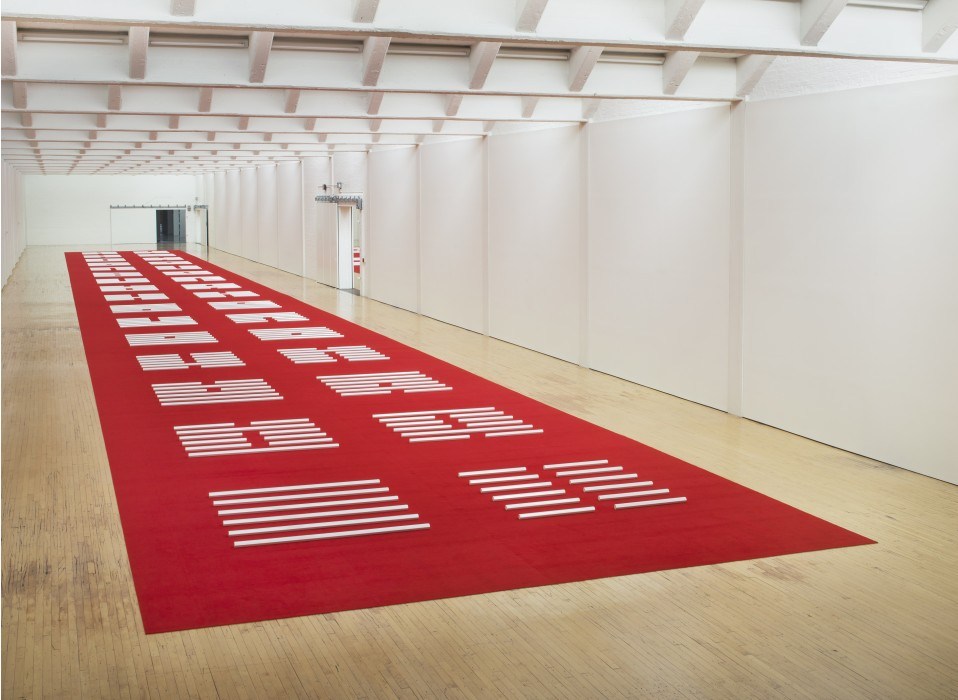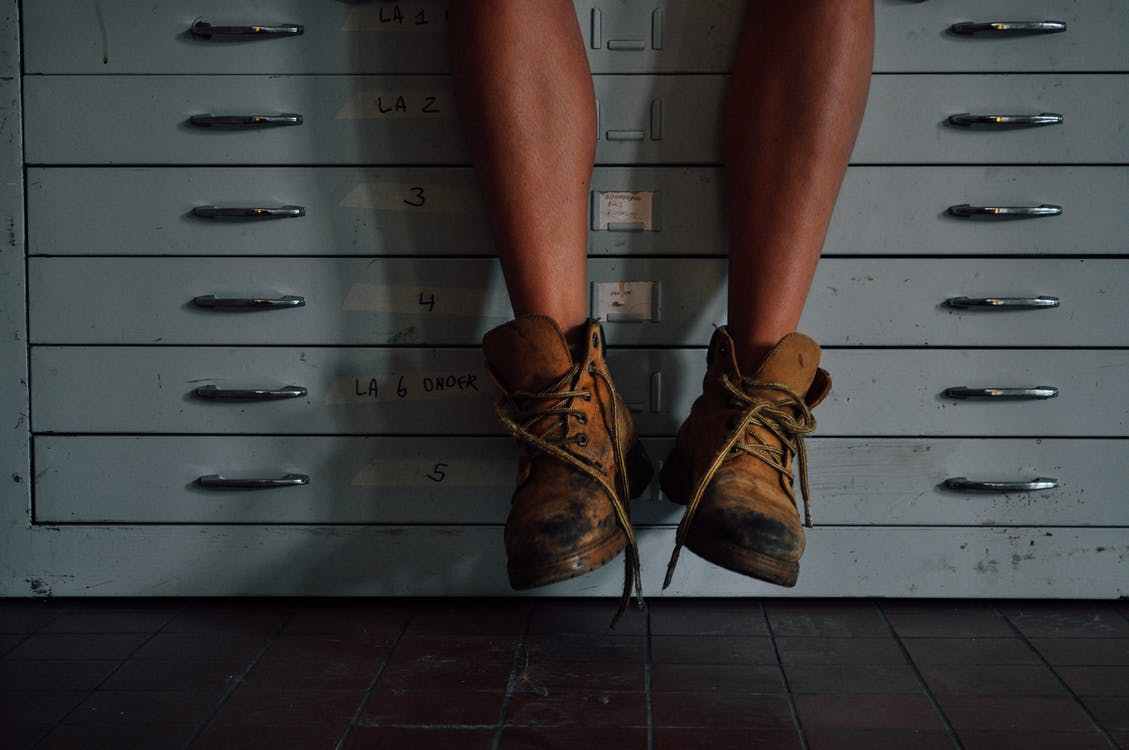You’ve faced this conundrum before. Maybe you’re having difficulty following your map, and you’re reluctant to ask the car next to you at the stoplight for directions. Maybe you’re too proud to ask your parents for help with this month’s rent. And if you’re an artist, or you want to be an artist, you might have found yourself hesitant now or at some point when it comes to seeking out help with your art.
There’s no shame in asking for help. After all, nobody becomes a skilled artist overnight. Vincent Van Gogh famously practiced sketching day and night, year after year, before he even let himself attempt to paint with a brush. Pre-Raphaelite painter John Everett Millais studied for years under John Ruskin, taking much inspiration (as well as Ruskin’s wife) from him.
Although there are many people who certainly seem to have a knack for creating art, bear in mind that they had to start somewhere, and that drawing, painting, sculpting, or any other artistic skill can be learned. But if you’re too proud, you won’t be able to take advantage of the greatest resource that an aspiring artist could ask for: the help of others.
Here are five ways to ask for help with your art:
1. Contact an artist whose work inspires you
Who knows? Maybe that famous artist will respond to your email and you’ll have found a mentor who can not only give you some tips on improving your craft, but also advice on breaking into the art world. If you don’t get a response, don’t be discouraged! They’re probably very busy.
2. Talk to your art teachers, former or present
Are you taking art classes currently? Did you take them some time ago, in high school or college? There’s no reason why you shouldn’t be able to reach out to your art teachers. Their advice could prove very helpful. After all, they already taught you some of what you know! If they’re available locally, stop by, or drop them an email if that’s easier. If you’re still in school and taking art classes, talk to your teachers after class. They can give you one-on-one advice that makes the class all the more worth it.
3. Join a local art community
Try to see if there’s a local community with artists who have similar interests to yours. It could be something hyper-specific, like a collective of Etsy pottery artisans, or something broader, like a local arts center. But look around, because you can learn just as much from your peers as you would from a mentor figure.
4. Join an online art community
If you cannot find an art community locally, join an online one. There are online art communities such as DeviantArt, as well as online forums such as Reddit that promote discussion and constructive criticism between artists. It’s also very cool to know that if you join an online community, people from all over the world will be seeing your art! You can either ask for help with your art or just post it and see what people say.
5. Go to one of Westchester’s art establishments
If you live in Westchester, there are a number of resources at your disposal. The Bott Shoppe has materials for all sorts of art, as well as lessons, tutorials, and exercises to help you develop your skills and portfolio. There are classes and workshops at ArtsWestchester, and the Mamaroneck Artists Guild is a great community with around two hundred members that you can join if you’d like to get your work out there.

The art community can seem intimidating and at times extraordinarily pretentious, but if you talk to artists, you may find that many of these people would enthusiastically give you a helping hand if given the opportunity. Whether they’re tutoring you in technique, providing you with resources to learn and grow as an artist, or just provide moral support, it’s always good to have somebody in your corner.
Although your art is all yours, and depending on your medium of choice, may not be collaborative, it’s still very helpful to have somebody there to critique or advise you. Don’t be scared to reach out to artists in your community, or stop by a local establishment of the arts where you can get all the encouragement and help that you need to get your art career rolling!












 Buying art not only supports the artist directly but each piece holds a unique story behind them, making a great conversation starter. An artist spends hours and hours of work on just one unique piece. When you buy a piece from a living artist, you are supporting their livelihood and rewarding them for their amazing talent.
Buying art not only supports the artist directly but each piece holds a unique story behind them, making a great conversation starter. An artist spends hours and hours of work on just one unique piece. When you buy a piece from a living artist, you are supporting their livelihood and rewarding them for their amazing talent.


 lly cool effect and most importantly, your child will have lots of fun doing it.
lly cool effect and most importantly, your child will have lots of fun doing it. 








